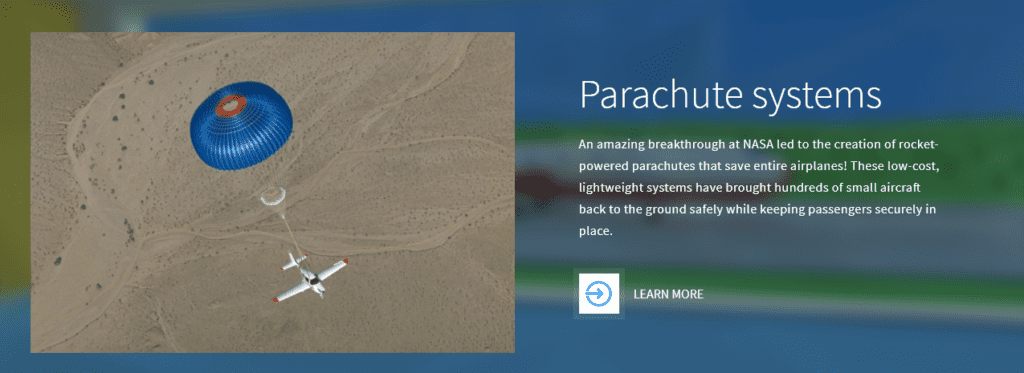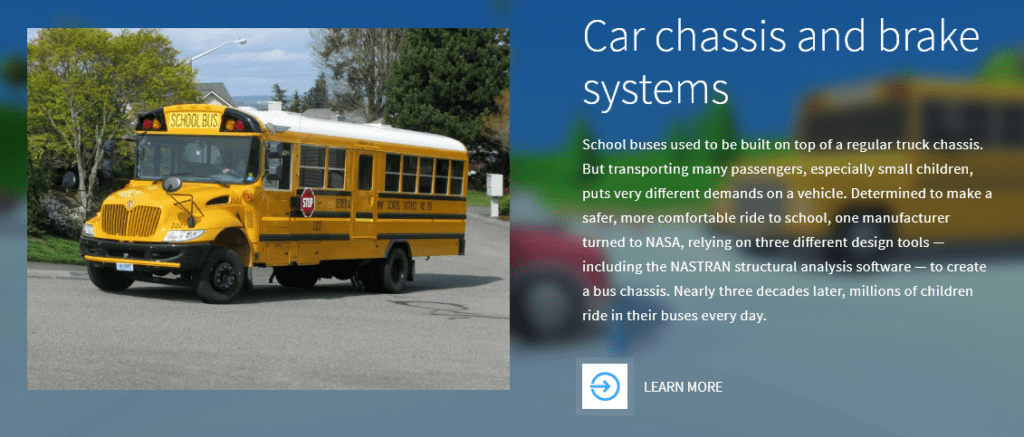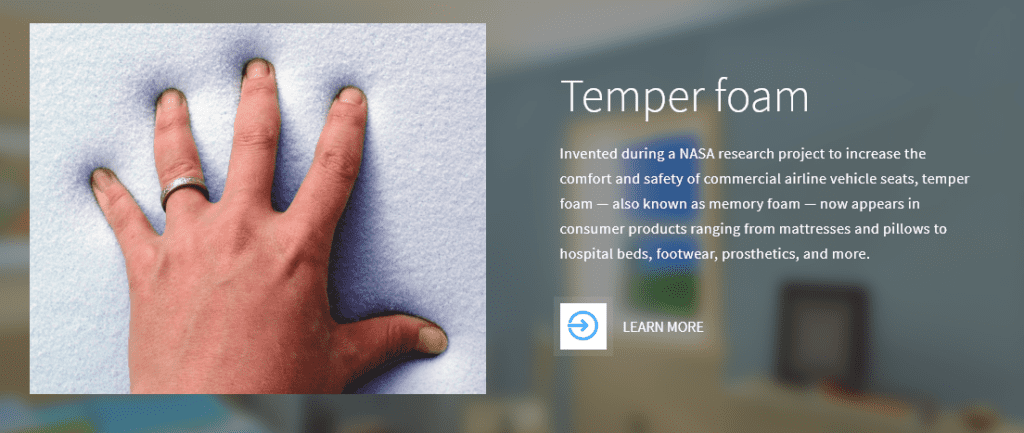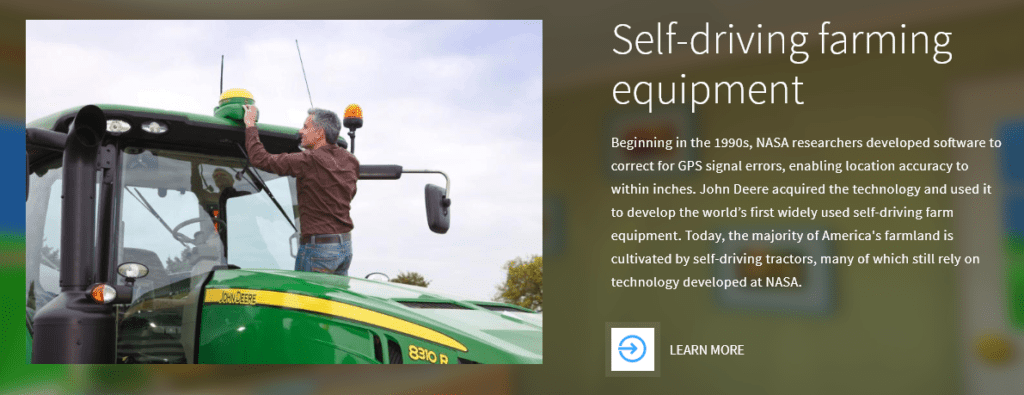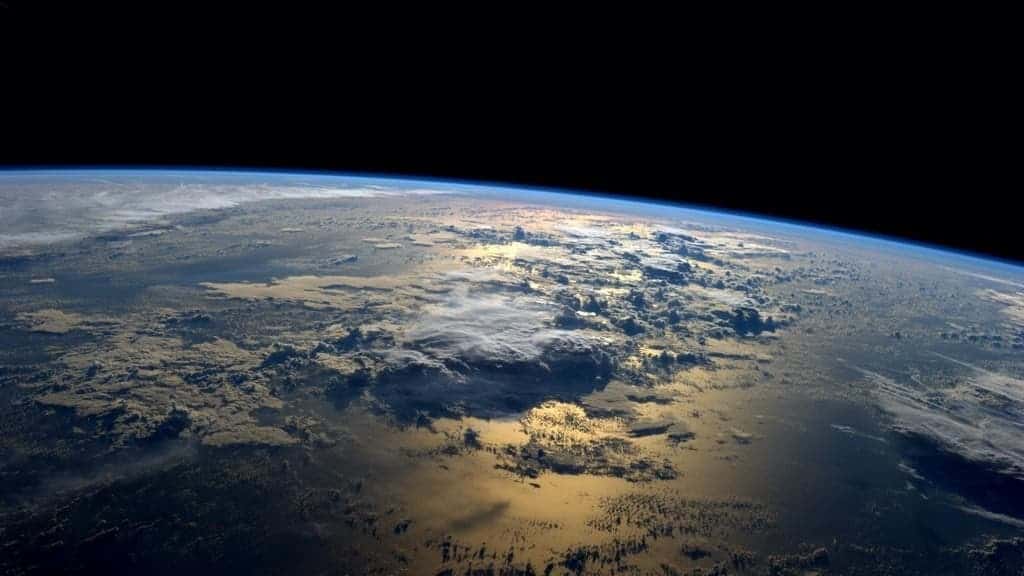You’ll hear a lot of people complaining that the government is giving too much money to NASA — resources that would be better spent on problems down here, than on space exploration. This sort of rhetoric, however, is severely flawed.
NASA receives 0.4 percent of the $4.407 trillion FY 2019 federal budget, or 30 times less than the Department of Defense. According to a report released by the Space Foundation, every dollar spent on NASA adds $10 to the economy, and more than 60 percent of this came from commercial goods and services created by companies related to space technology.
Then, there’s everyday technology that wouldn’t have been possible without NASA. This includes your phone’s camera, CAT scans, GPS, weather satellites, LEDs, wireless headsets, freeze-dried food, smoke detectors, baby formula, computer mouse, or the portable computer for that matter — and that’s just to name a few!
To make a point, NASA has recently released an interactive mini-site (link below) where you can learn how your tax dollars are being put to good use. There are two parts to the interactive tool, namely ‘home’ and ‘city’, which will teach you how NASA tech permeates various aspects of everyday life.
Below are just a few developments, check out NASA’s interactive tool for more.

